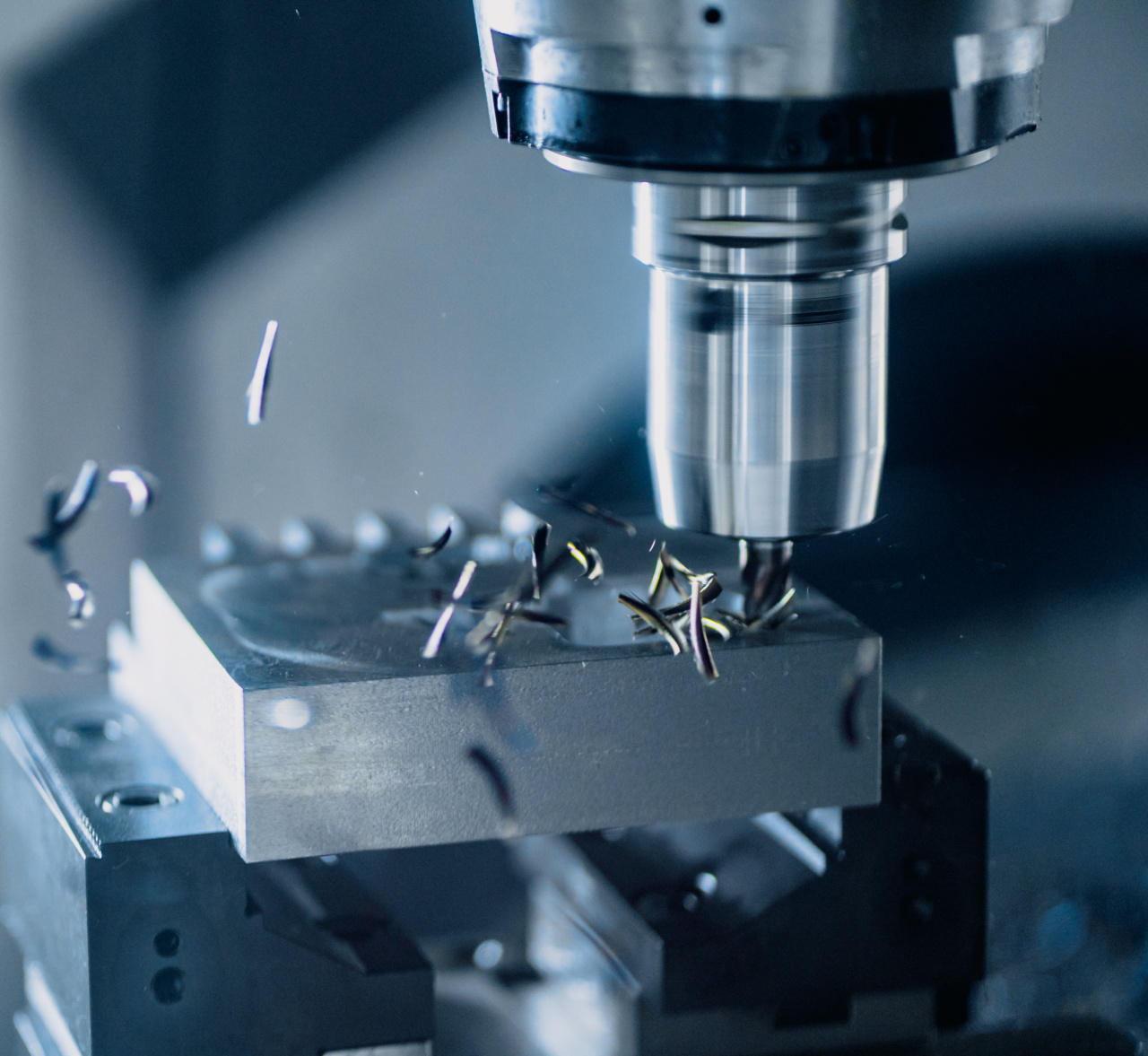In recent years, there have been significant advancements in dental technology, leading to more accurate and efficient methods of tooth restoration. One such innovation is the use of lasers in dental procedures, particularly in restorative treatments.
Laser tooth restoration offers numerous benefits over traditional approaches, including improved precision, reduced discomfort, and faster healing times. This article explores the accuracy and efficiency of laser tooth restoration and highlights why it has become increasingly popular among both dentists and patients.
What is Laser Tooth Restoration?
Laser tooth restoration, also known as laser dentistry, is a modern dental technique that utilizes focused beams of light to perform various dental procedures.
It involves the use of specialized dental lasers that emit precise wavelengths of light energy, which interact with the tissues of the mouth. When used for tooth restoration, lasers can effectively remove decayed or damaged tooth structure, prepare the tooth for a filling or crown, and even aid in teeth whitening treatments.
The Accuracy of Laser Tooth Restoration
One of the most significant advantages of laser tooth restoration is its remarkable accuracy. Laser beams can be precisely controlled and directed to target only the affected areas of the tooth.
This level of precision allows dentists to remove decayed or damaged tissue while preserving the healthy structures surrounding it. Consequently, laser dentistry minimizes the unnecessary removal of healthy tooth material, preserving the tooth’s natural strength and integrity.
The accuracy of laser tooth restoration is further enhanced by the ability to adjust the power and intensity of the laser beam.
This adaptability enables dentists to customize the treatment based on the unique needs of each patient, ensuring optimal results. Additionally, lasers can remove bacterial infections from the tooth effectively, contributing to better oral health outcomes.
The Efficiency of Laser Tooth Restoration
Not only is laser tooth restoration highly accurate, but it is also remarkably efficient. Traditional dental drills, often associated with discomfort and anxiety, are gradually being replaced by dental lasers due to the numerous advantages they offer.
Laser dentistry eliminates the need for drilling in many cases, making the experience more comfortable for patients.
The efficiency of laser tooth restoration is also evident in the reduced need for local anesthesia.
Laser treatments are generally less invasive and cause minimal discomfort, allowing patients to undergo certain procedures without the need for injections and subsequent numbness. The elimination of anesthesia can significantly reduce chair time for both patients and dentists, leading to more efficient dental visits.
Furthermore, laser dentistry often results in faster healing times compared to traditional methods. Laser beams promote blood clot formation and stimulate the regeneration of tissues, accelerating the natural healing process.
Patients who undergo laser tooth restoration experience less post-operative pain and swelling, allowing them to resume their daily activities with minimal downtime.
Applications of Laser Tooth Restoration
Laser tooth restoration has a wide range of applications in dentistry. Some of the common uses include:.
1. Cavity Preparation
Lasers can remove decayed tooth material precisely, preserving healthy tooth structure and minimizing discomfort during cavity preparation.
2. Gum Contouring
Laser therapy is effective in reshaping and contouring gum tissue, improving the appearance of gummy smiles or treating gum disease.
3. Root Canal Therapy
Laser-assisted root canal therapy helps in disinfecting the root canal system and promoting healing, resulting in higher success rates for this complex procedure.
4. Teeth Whitening
Laser technology can activate bleaching agents, enhancing the effectiveness of teeth whitening treatments and achieving brighter smiles.
5. Biopsy or Lesion Removal
Lasers allow for precise and efficient removal of suspicious oral lesions or soft tissue biopsies, aiding in the accurate diagnosis of pathology.
Conclusion
Laser tooth restoration has revolutionized the field of dentistry, offering improved accuracy, efficiency, and patient comfort.
The use of lasers in dental procedures ensures precise removal of decayed or damaged tooth structure while preserving healthy tissues. Moreover, laser treatments are more efficient, often eliminating the need for local anesthesia and resulting in faster healing times.
With its versatility and numerous applications in dentistry, laser tooth restoration is undoubtedly a game-changer in modern dental practice.



























